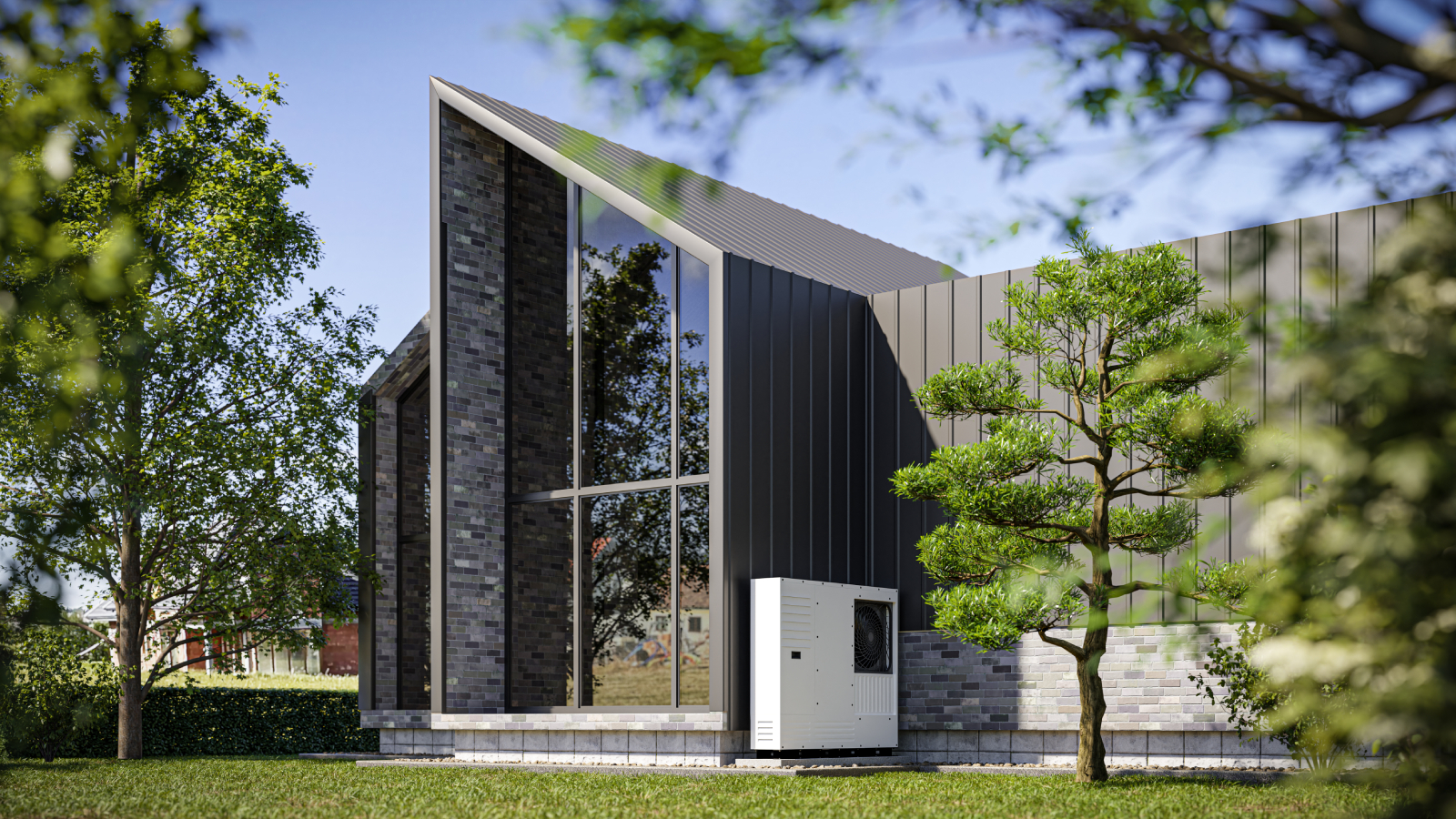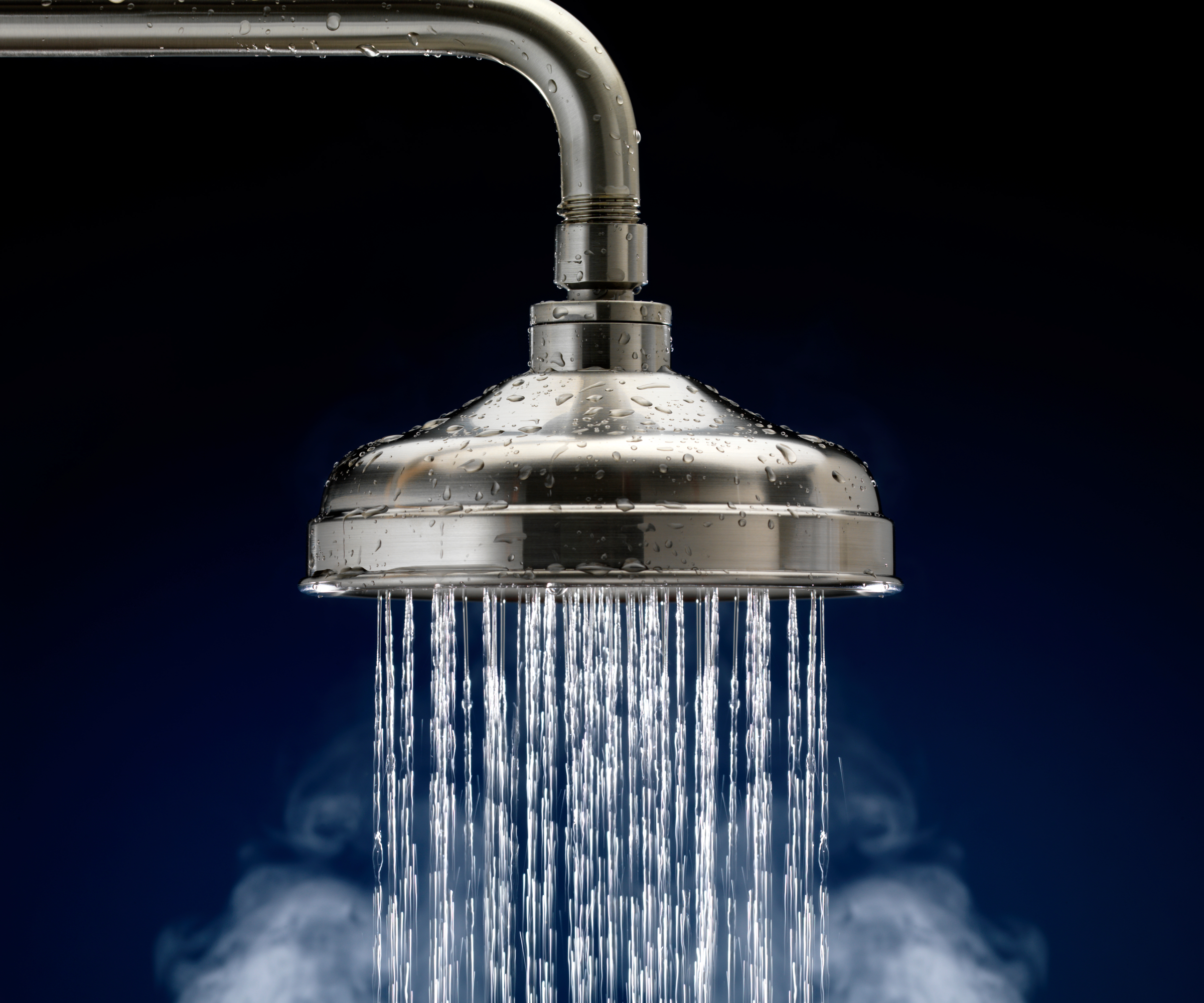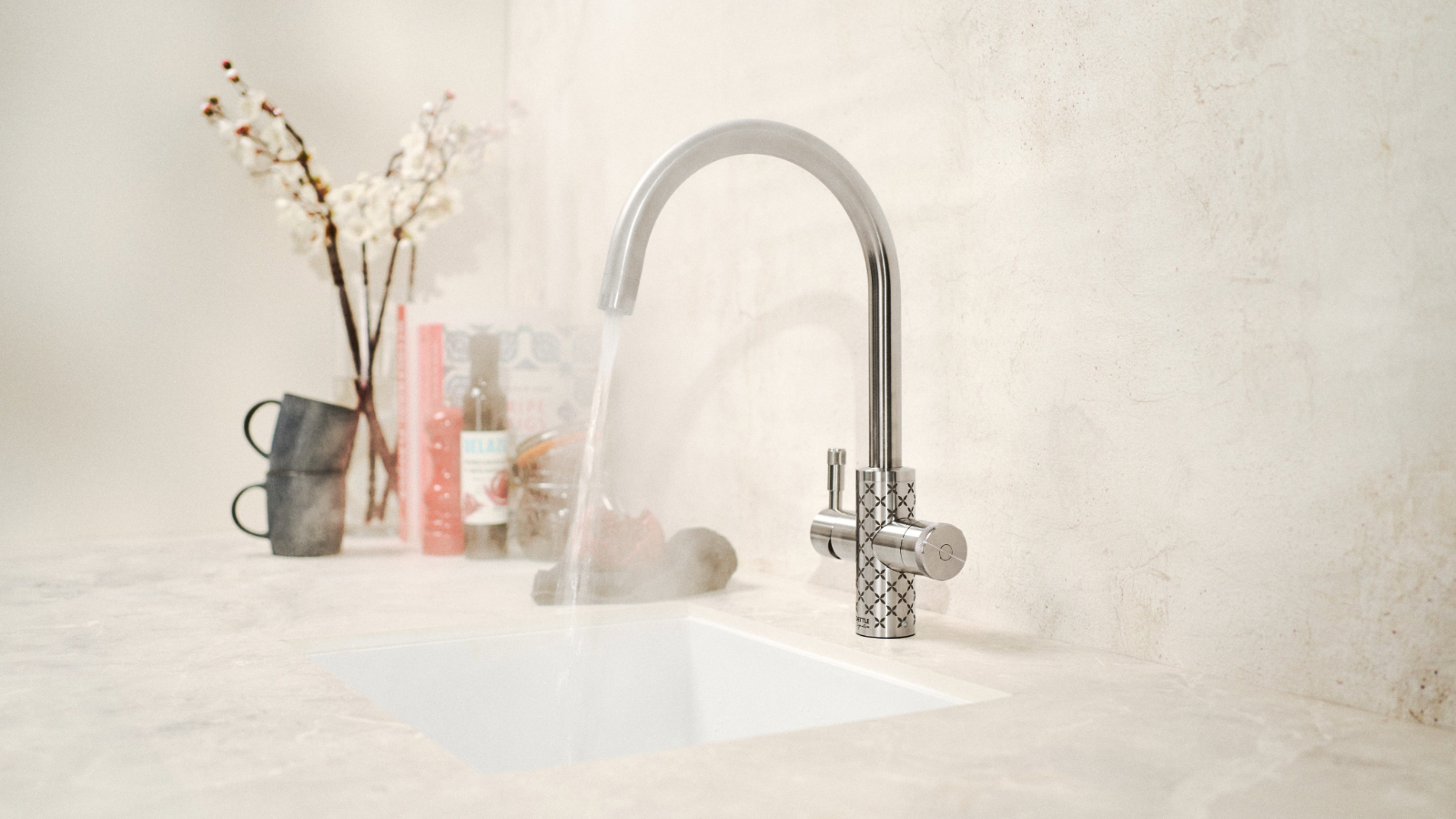High vs medium vs low temperature air source heat pumps: What's the difference and how to choose between them
We take a look at the different air source heat pump temperature types so you can choose the right one for your home

If you’re in the market for an air source heat pump (ASHP), you may be looking at the different choices available and wondering which one you should choose. With temperature one of the main differentials in the types of heat pumps, it’s important to understand the differences between low, medium and high temperature air source heat pumps and how this could impact on the unit’s performance both now, and in the future.
Low temperature air source heat pumps were the first types to become available. However, while they could make enough heat for hot water, it wasn't enough to banish bacteria and certainly not as hot as that produced by a boiler.
The lower temperature meant that larger water cylinders were required and the immersion heater would need to be used once a week to sanitise the water. Critics also stated they didn't provide enough heat for the home if the radiators weren't big enough.
However, with new temperatures and refrigerants available, what's the difference in high vs medium vs low temperature air source heat pumps?
High vs medium vs low temperature air source heat pumps - the different temperature ranges explained
ASHPs are not all built the same as a result. They're built using different refrigerants and compressors that perform in different ways. This means there are three main flow temperature options available:
- low temperature which is around a maximum of 55°C
- medium temperature which is around 65°C
- high temperature which is around 70°C to 80°C
As a reference point, gas boilers were historically set to operate above 55°C, but building regulations now limit the flow temperature of a boiler to a maximum of 55°C for central heating, and 48°C at the tap for hot water.
The fact that high temperature heat pumps can reach higher temperatures also does not mean that they should. Instead it's about using the controls in the right way so that they heat the hot water cylinder to a higher number, but still use a lower temperature for general heating in order to maintain efficiency.
Bring your dream home to life with expert advice, how to guides and design inspiration. Sign up for our newsletter and get two free tickets to a Homebuilding & Renovating Show near you.
How temperature is achieved
Low temperature air source heat pumps have, until now, been the most common air source heat pumps fitted. However, low temperature heat pumps used refrigerants such as R410a, which has a very high global warming potential and is currently being phased out of use. It won't necessarily become redundant, as it will be required as a gas for repair work in the next few years, but no new units will be made that use it.
Some of the newer low temperature units were then adapted to have modern compressors which run a second cycle that recompresses the gas to a higher temperature. This was the beginning of 'medium temperature heat pumps'.
R410 was then superseded with R32 which meant new air source heat pumps now nearly all have the more modern compressors that can get the flow temperatures up to around 60°C to 65°C.
High temperature models on the other hand, often have two different refrigerants and two different compressor systems that cascade from one to the other. This doubling up of both refrigerant and compressor is how they are able to produce a higher temperature. There are also now refrigerants that can achieve higher temperatures on their own, such as R744.

Environmental impact of refrigerants
Albeit a lot lower than R410a, R32 still has a global warming potential of 675. This means that it was, at best, only ever going to be an interim solution as a heat pump refrigerant. Subsequently, R290 is now becoming the go-to refrigerant for air source heat pumps.
With a global warming potential of only 3, it is a lot better than R32 but it does have one problem. R290 is propane and, as such, is highly flammable. A lot of care needs to be taken when planning a heat pump unit's outdoor position so that (in the highly unlikely event of a leak) there is no risk of danger or combustion of the gas.
R290 can achieve medium temperatures, but due to the fact that it can be highly compressed, it can also achieve higher temperatures.
High temperature heat pumps
To get to high temperatures there are a few different methods that can be used. Refrigerants such as R744, which is CO2, can get to these high temperatures due to the ability to compress it to extremely high pressures.
The other method is to cascade two refrigerants in the unit. Systems will have low temperatures refrigerants such as R410a or R32 that would lift the temperature up to a low temperature and then pass that into a second refrigerant, such as R134a. This would then be compressed in a separate compressor to a higher temperature.
This two stage heat pump method is great at making high temperatures, but not as efficient for low temperatures.
Plus, the ability to get to high temperatures does not mean that these units can always be a direct replacement for a boiler system. A heat pump uses a lot more energy to run the compressor for these increased pressures, and therefore the efficiency is reduced as the flow temperatures increase.
High vs medium vs low temperature heat pumps - which is best?
A heat pump is always more efficient when run at low flow temperatures, no matter which refrigerant is used.
The advantage of high temperature heat pumps is that higher temperatures can be achieved in the hot water cylinder, especially useful for baths, or where large volumes of hot water are required, and also for disinfection cycles. That said, true high temperature air source heat pumps tend to be only used on commercial properties not domestic properties, where high volumes of water are required.
It can also be more appropriate if you're asking the question are heat pumps suitable for old homes. Higher temperatures may need to be achieved to deal with homes that are not as well insulated. Although installing larger radiators can often provide enough heat — even with a lower flow temperature.
All new heat pumps are now capable of producing higher temperatures.
Each of the different methods used to create hot temperatures has its own pros and cons. The best solution is to always start with a robust design evaluation that assesses is my home suitable for a heat pump, and then choose the appropriate product to meet that solution.
Unfortunately not all suppliers have multiple solutions so it may be best to do your homework, perhaps even hire an independent energy consultant to help you define the scope of works and then approach the specific suppliers.
No single heat pump is generically better than the other, they all have their merits and demerits and what matters more is getting them specified correctly in order to be optimised for your home’s needs.
FAQs
How do I set my heat pump to provide different temperatures for hot water and central heating?
The heat pump can be set to deliver different temperatures for different applications. It will not produce hot water and central heating at the same time.
These need to be set on schedules in the controller. During the hot water preparation, the heat pump will be scheduled to work harder and produce higher temperatures than during the central heating schedule.
Why are controls important when it comes to temperature?
All heat pumps have very similar mechanical components. The software and controls are what really sets them apart. This can also make the difference when it comes to ease of use.
If the controls and sensors are too simple, the heat pump may not be able to match the home’s heat load for the most efficient performance. On the other hand, if the controls are too complicated then it may be very difficult to set it up and make adjustments to meet the changing needs of the occupants.
Some also use strange terminology so you really need to make sure that you understand the deeper meaning of the manufacturer's jargon.
The controls can be quirky and it may take a season or two to fully understand the way the heat pump reacts.
While air source heat pumps are the most common type of heat pump in the UK, ground source heat pumps are also an option if you have available land to house the system. Alternatively, if you live near water you may want to consider a water source heat pump instead.
David is a renewables and ventilation installer, with over 35 years experience, and is a long-standing contributor to Homebuilding and Renovating magazine. He is a member of the Gas Safe Register, has a Masters degree in Sustainable Architecture, and is an authority in sustainable building and energy efficiency, with extensive knowledge in building fabrics, heat recovery ventilation, renewables, and also conventional heating systems. He is also a speaker at the Homebuilding & Renovating Show.
Passionate about healthy, efficient homes, he is director of Heat and Energy Ltd. He works with architects, builders, self builders and renovators, and designs and project manages the installation of ventilation and heating systems to achieve the most energy efficient and cost effective outcome for every home.

